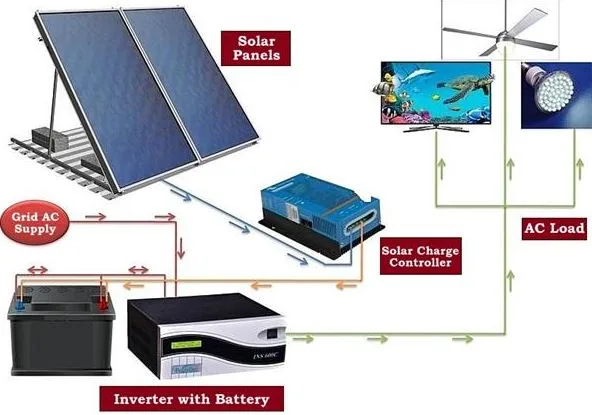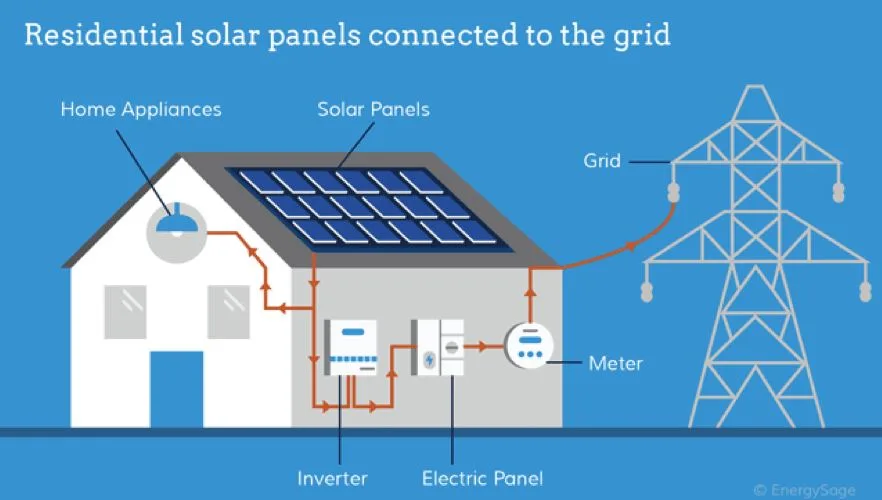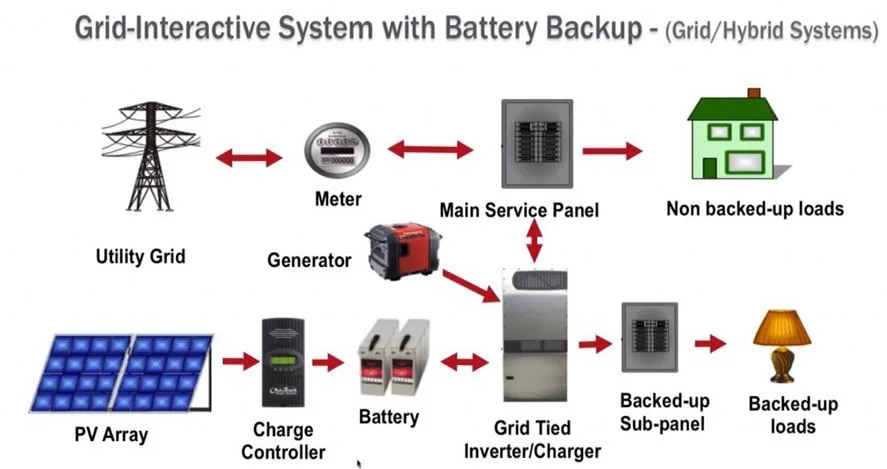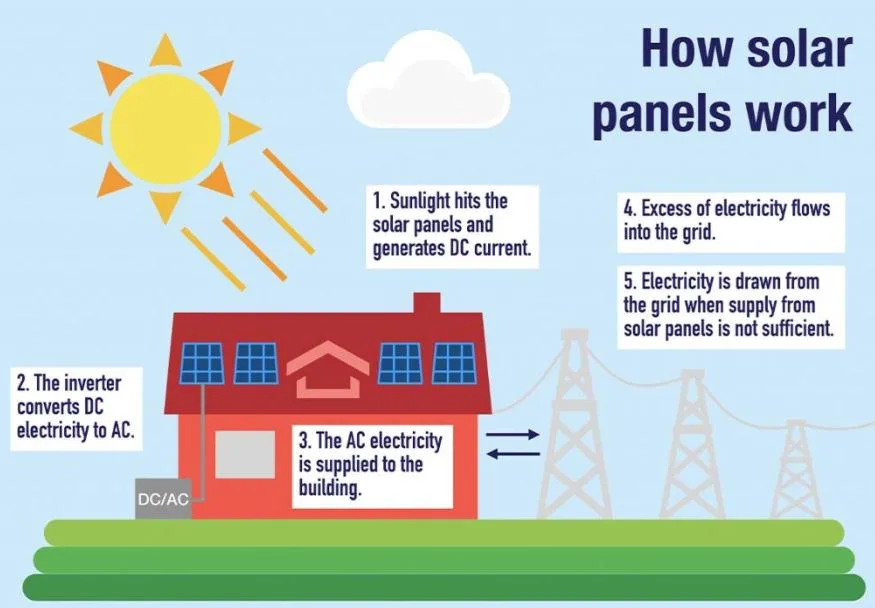In this article we will discuss about What Is A Solar Inverter, How Does It Works? With the rising interest in sustainable energy sources, the demand for solar systems has expanded tremendously. The capacity of the sun to power practically all of the electrical appliances in your home is a huge environmental benefit.

While you may be pleased to utilise solar systems to lessen your reliance on fossil fuels, do you know what they are composed of and how they work?
Solar systems consist of solar panels, a solar inverter, and a rack to hold everything together. Depending on the system, they may also contain batter. While most people understand what solar panels are and how they work, just a few people understand what solar inverters are.
Given the importance of the solar system, we decided to compile some information on Solar Inverters.
Table of Contents
What Is A Solar Inverter, How Does It Works?
What Is A Solar Inverter?

A solar inverter is one of the most important components of a solar energy system. It is even referred to as the “heart” of the solar energy system.
When solar panels absorb solar energy from the sun, it is the solar inverter’s function to convert the Direct Current and Alternating Current. Because of the conversion, the stored solar energy can be used for a wide range of household and commercial applications.
Solar inverters enable homeowners to use solar energy to power their home appliances and interior lighting.
Solar inverters are important not only in producing environmentally friendly energy, but also in monitoring the functioning of the solar energy system.
Furthermore, with inverters, individuals can store extra electricity in batteries, which can then be readily fed back into the main power system.
Types Of Solar Inverter

Now that you understand what solar inverters are, you should be aware of the various types of solar inverters available on the market.
There are five distinct types.
- Central Inverters: A central inverter is a huge device that is only utilised when a residence requires hundreds of kilowatts of volume. They are not intended for domestic usage and are usually seen in commercial structures. Each of these inverters comes with a metal cabinet capable of handling 500kW of electricity.
- Battery Inverters: A battery inverter is an excellent choice for household use. The electricity is converted to 230 V by a battery converter and fed to the switchboards.
- In Australia, hybrid inverters, also known as Multi-Mode inverters, are rather widespread and allow the user to connect the batteries. Using DC Coupling, the system connects to the connected battering.
- Micro Inverters: As the name implies, micro inverters are small and handle each solar panel separately. The advantage of employing micro-inverters is that they allow you to optimise each solar panel and save more energy (even in shady regions).
- String Inverters: String inverters are generally utilised in the home. String inverters are so named because they may be connected to a string of solar panels.
How Does A Solar Inverter Work?

A solar inverter transforms direct current (DC) from a solar panel to alternating current (AC). The fact that home appliances run on alternating current (AC) demonstrates the significance of solar inverters.
To be more specific, here is how it seems.
The light falls down on photovoltaic cells in solar panels. These cells are made up of gallium arsenide semiconductor layers. When the sun shines, these semiconductor layers absorb the heat from the sun and transfer it to the PV cell.
This energy spreads and frees the electron. Electrons now flow between the negative and positive charges, producing direct current (DC).
When this energy is generated, it is either stored in batteries or transmitted immediately to an inverter.
When energy is transferred to the inverter, it is in the form of direct current (DC). DC electric currents have no application in your home. This is why inverters capture the energy and route it through the inverter. The inverter converts DC current to alternating current (AC).
Advantages Of Solar Inverters
- Solar energy has consistently contributed to the reduction of the greenhouse effect and global warming.
- You will save not only energy but also money by employing solar-powered products.
- A solar inverter is used to convert direct current (DC) to alternating current (AC). This helps folks who only consume a small quantity of electricity.
- The solar inverter converts direct current (DC) to alternating current (AC). That is, it provides services for both residential and business purposes.
Disadvantages Of Solar Inverters
- One of the most significant disadvantages is the initial expense. Before you can start profiting from solar energy, you must first install it. And the installation is certainly pricey.
- When the sun shines brightly, solar inverters can produce DC electric current. That means that during the rainy season, when there are cloudy days, the effectiveness of a solar inverter will decrease.
- Solar panels function based on how much sunlight they can absorb. To get the most out of it, solar panels must be spread out over a vast surface area.
- Solar inverters can operate on cloudy days, but sunlight is required for the battery to charge itself. The sun should shine for at least 10 hours.
Solar Inverter Warranty
This is a vital fact to understand regarding solar inverters. Most grid-connected inverters have a lifespan of 15 to 2 years. And, if we’re being realistic, they should all endure at least ten years.
The life span of inverters varies depending on the model, as does the warranty. You can expect a 5-12 year warranty depending on the solar inverter you purchase.
Examine the features of any solar inverter before purchasing it to ensure that they meet your requirements. Remember that the longer the warranty, the better the protection.
You now understand what solar inverters are and how they work. We’ve also added their benefits and drawbacks to provide further context. If you have any questions, please leave them in the comments area.